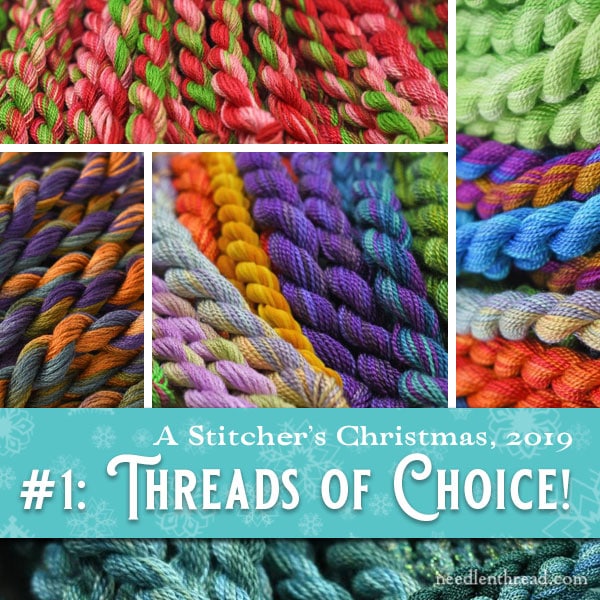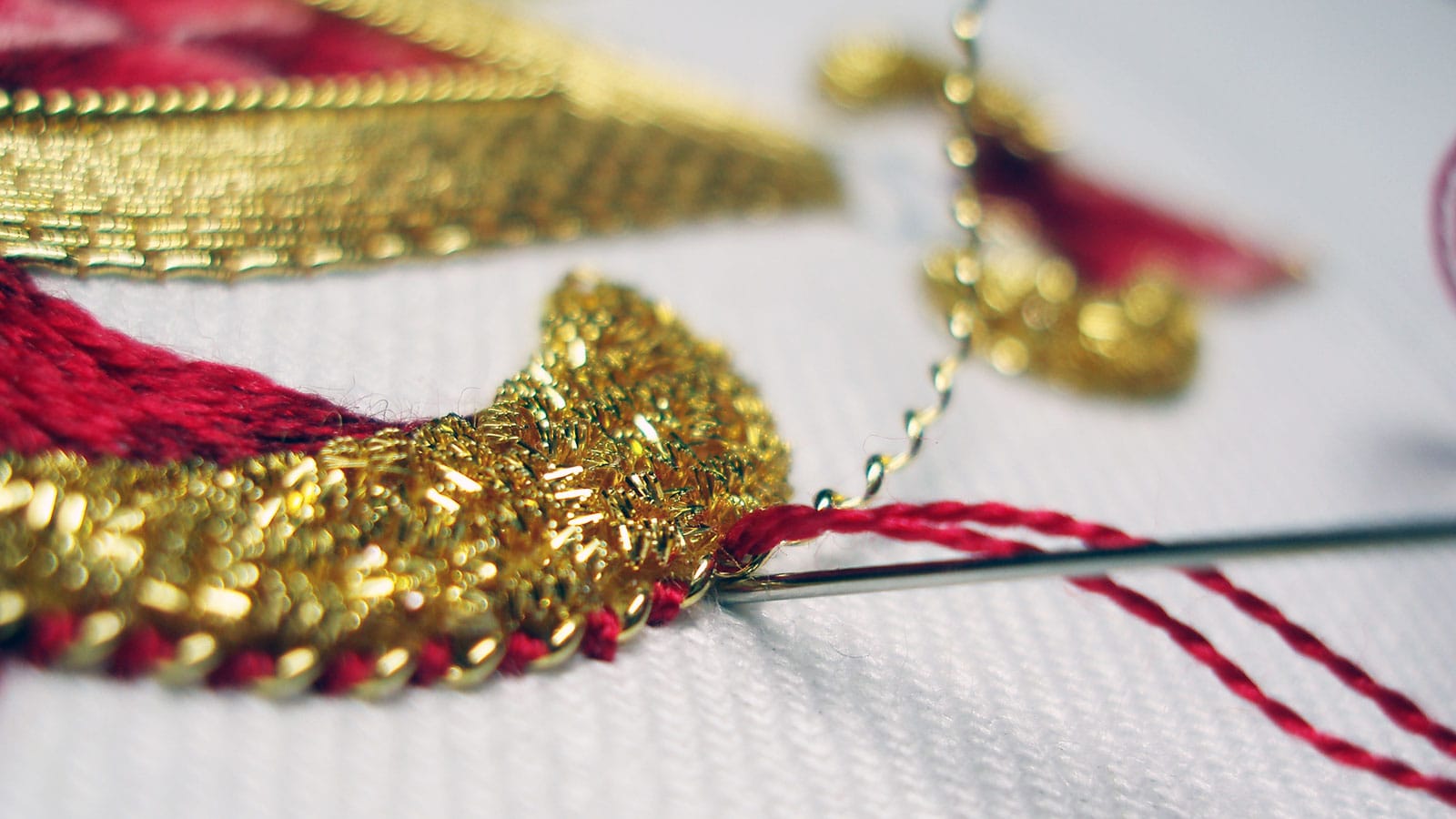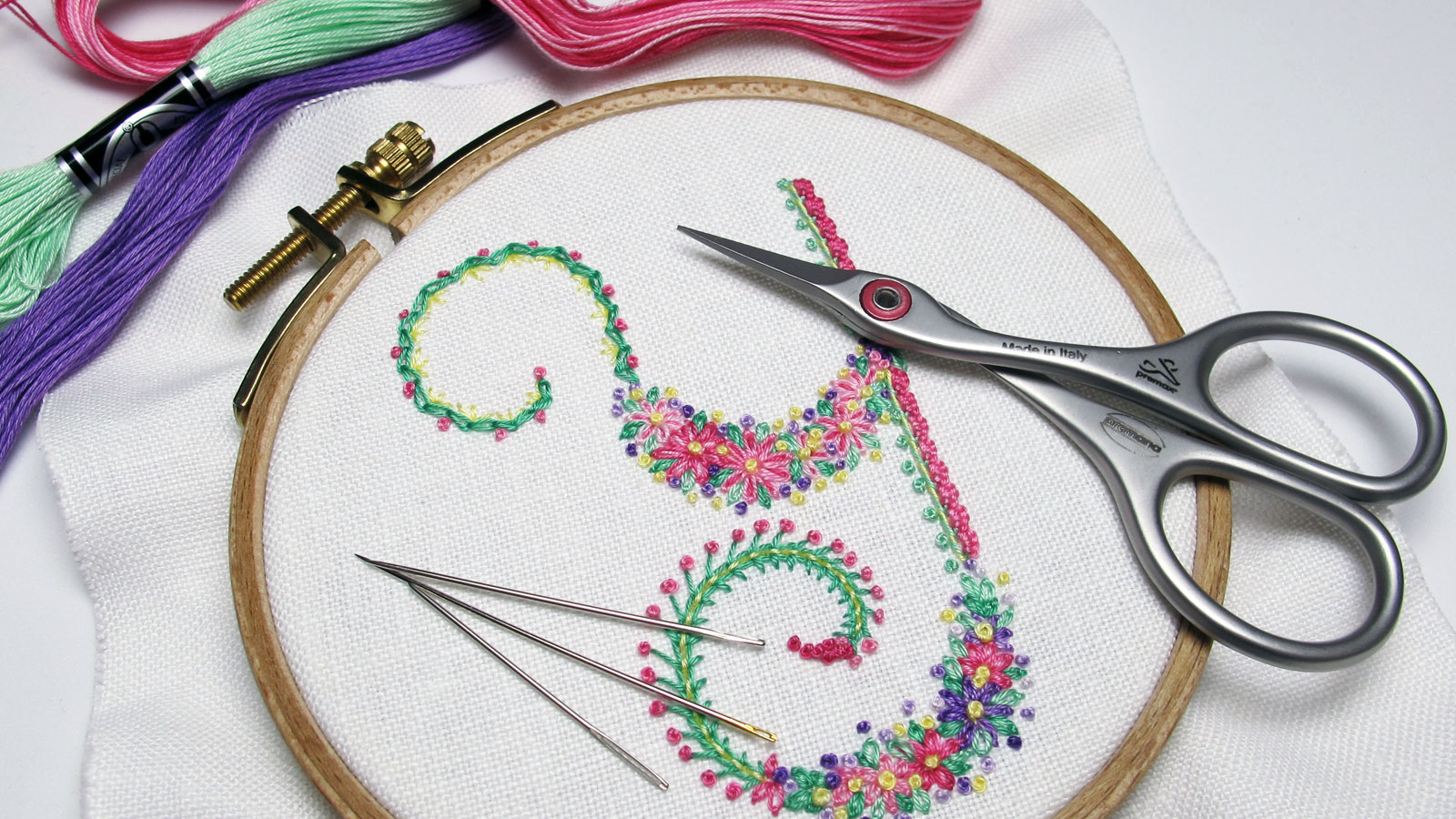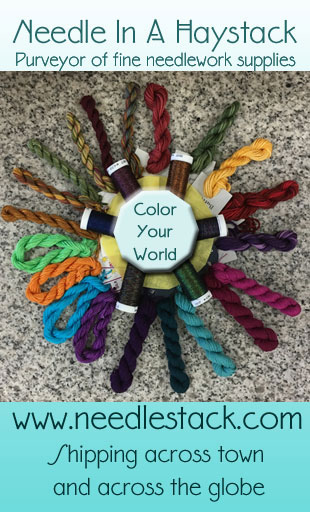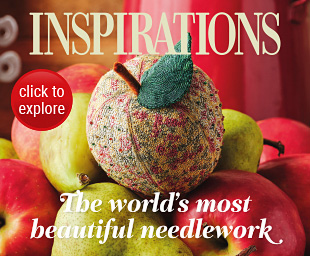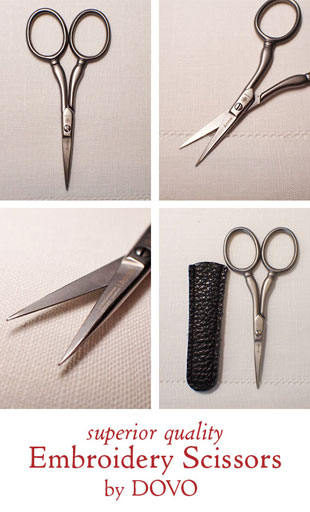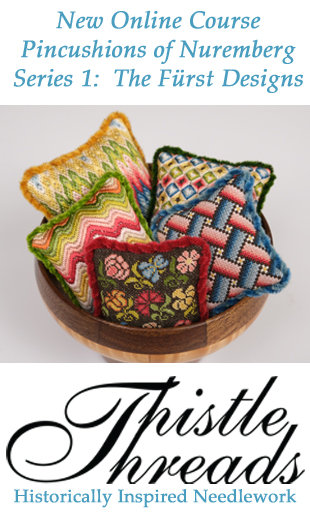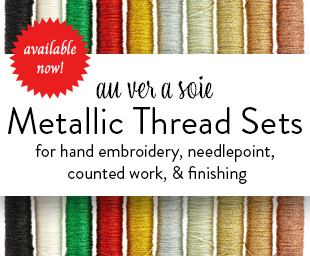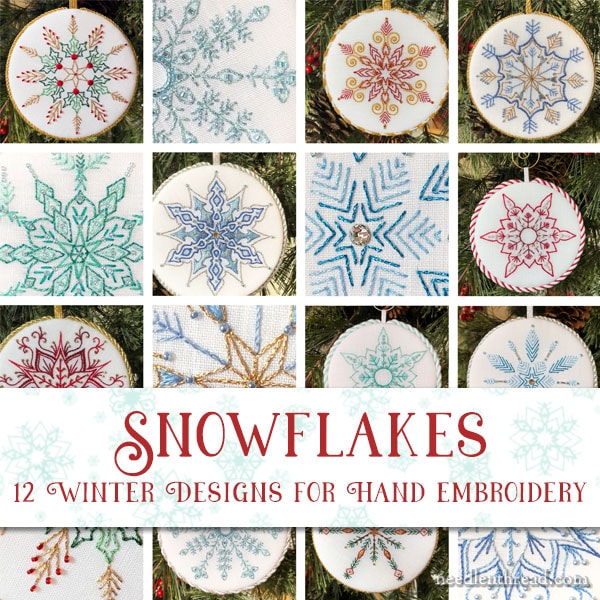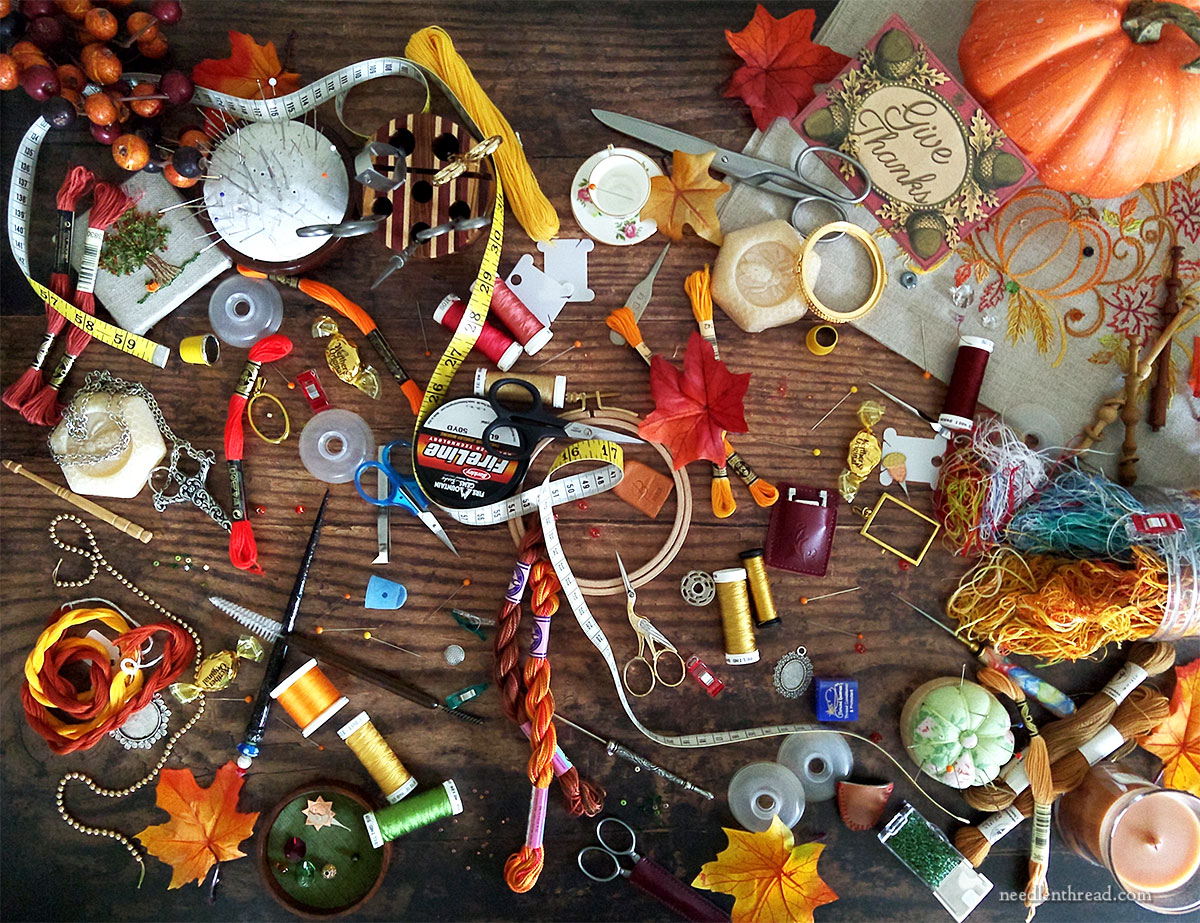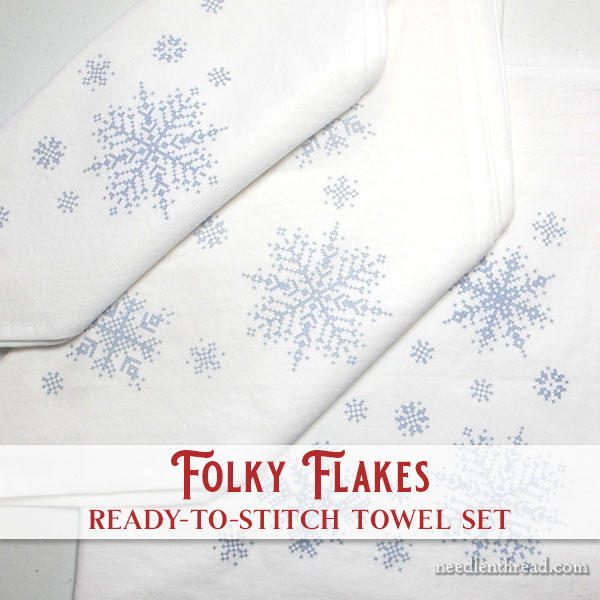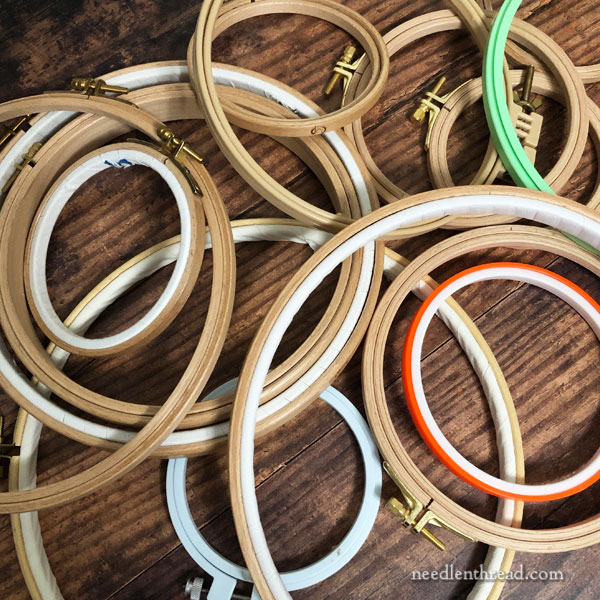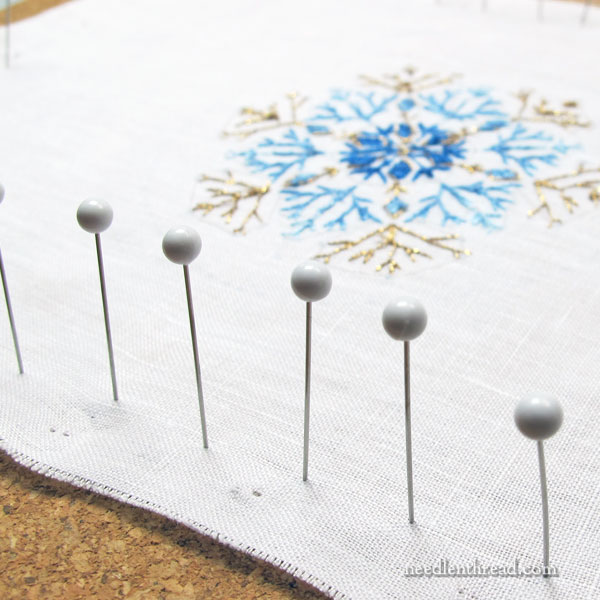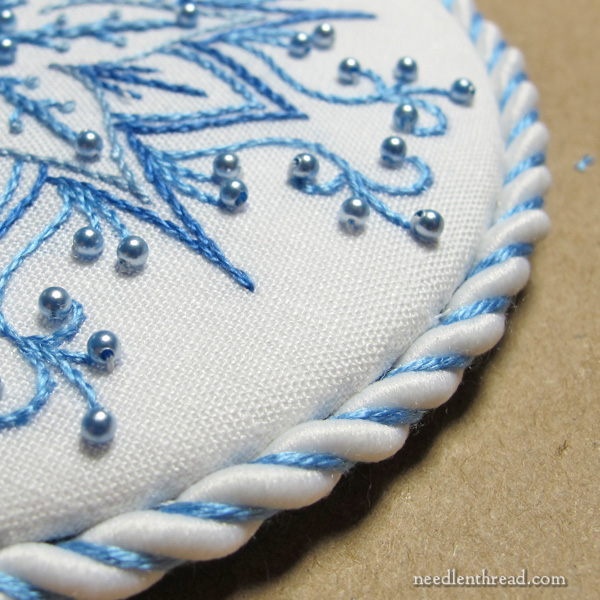December 2, 2019
Stitcher’s Christmas 2019 #1: Pick Your Own Threads!
It’s time to kick off this year’s series of A Stitcher’s Christmas, the original needlework Christmas series featuring honest-to-goodness give-aways of needlework treasures with no gimmicks attached!
For those of you who have been around for a while, you know what to expect! For newcomers to Needle ‘n Thread, I’ll explain below how the series works so you can know what to expect.
Today, we’re going to kick off the 2019 series with some luscious embroidery thread, courtesy of Colour Complements – because, after all, who doesn’t love thread?
